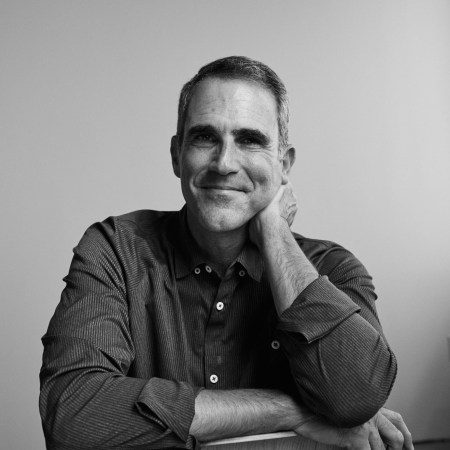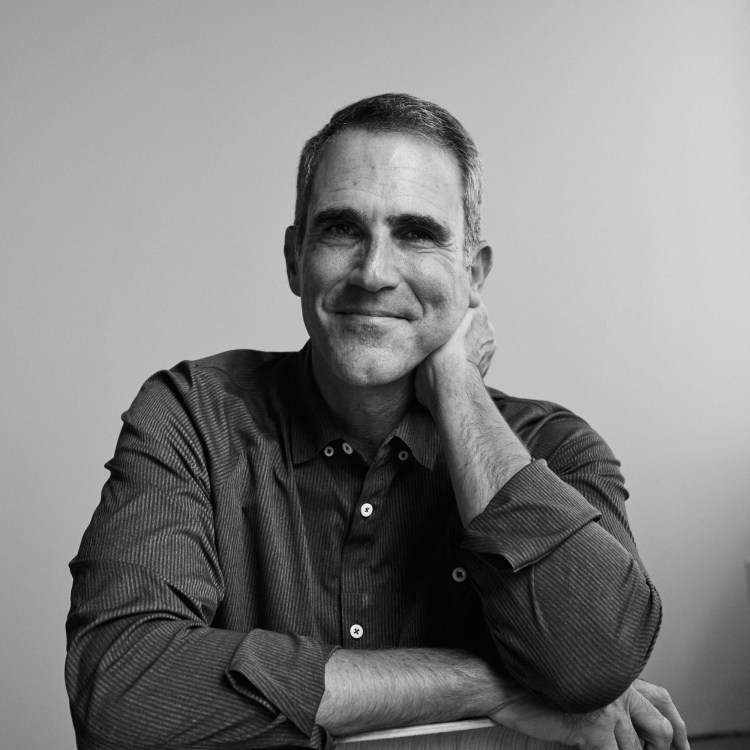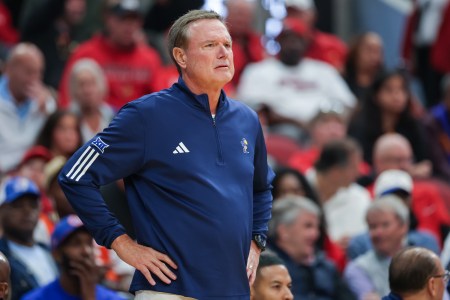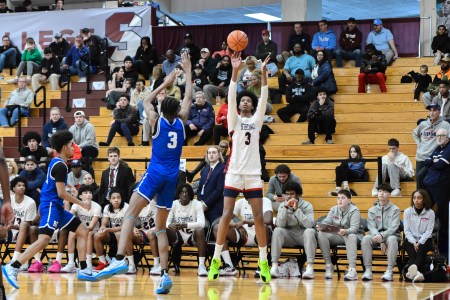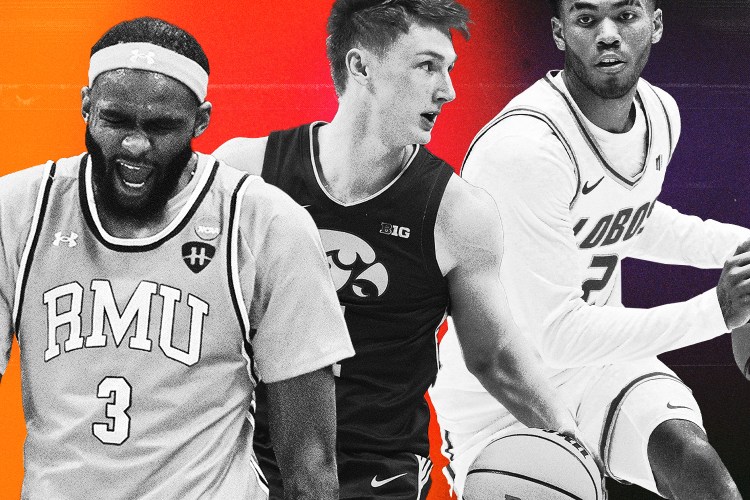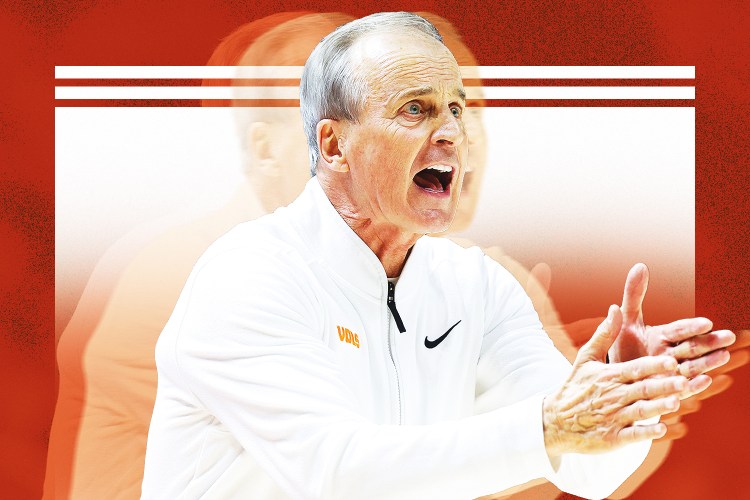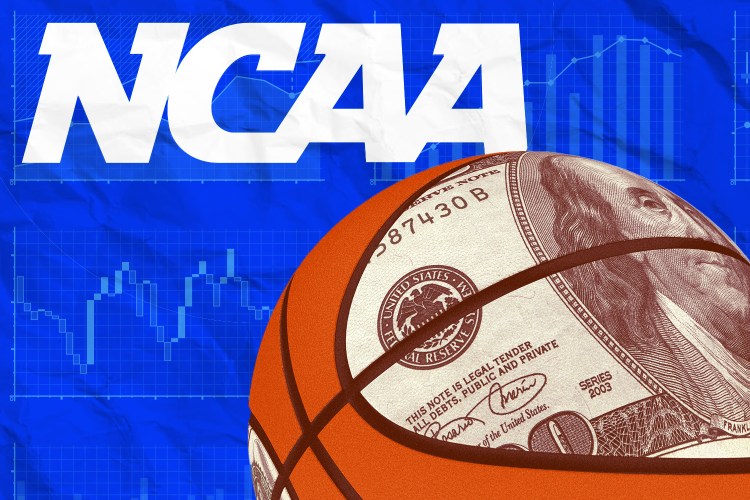It was a relatively quiet first night of the 2025 NBA Draft. There was zero suspense as to who the top two picks would be, and there were not a lot of sizzling trades to break down. However, there were plenty of intriguing surprises and much to chew on as we turn to Thursday’s second round.
It’s never too early for draft hot takes, and if you’ve followed my opinions in the past, you’ll recall that I am often wrong but never in doubt. That said, here are my lists of guys who got drafted too high and too low.
Drafted Too High
Kon Knueppel, No. 4, Charlotte
Knueppel has a very important translatable skill, and that’s his outside shooting. He knocked down 40.6 percent of his long-range attempts as a freshman at Duke and showed an ability to score in a variety of ways. My concern is that his ceiling is a mite low to warrant being picked this high. When you go No. 4 overall, you should be a borderline All-Star. Is he athletic enough to be that? Will he be able to guard his position? Could he be Klay Thompson? Knueppel is too good to fail, but I think there are a couple of guys who were picked behind him who will turn out to be better pros.
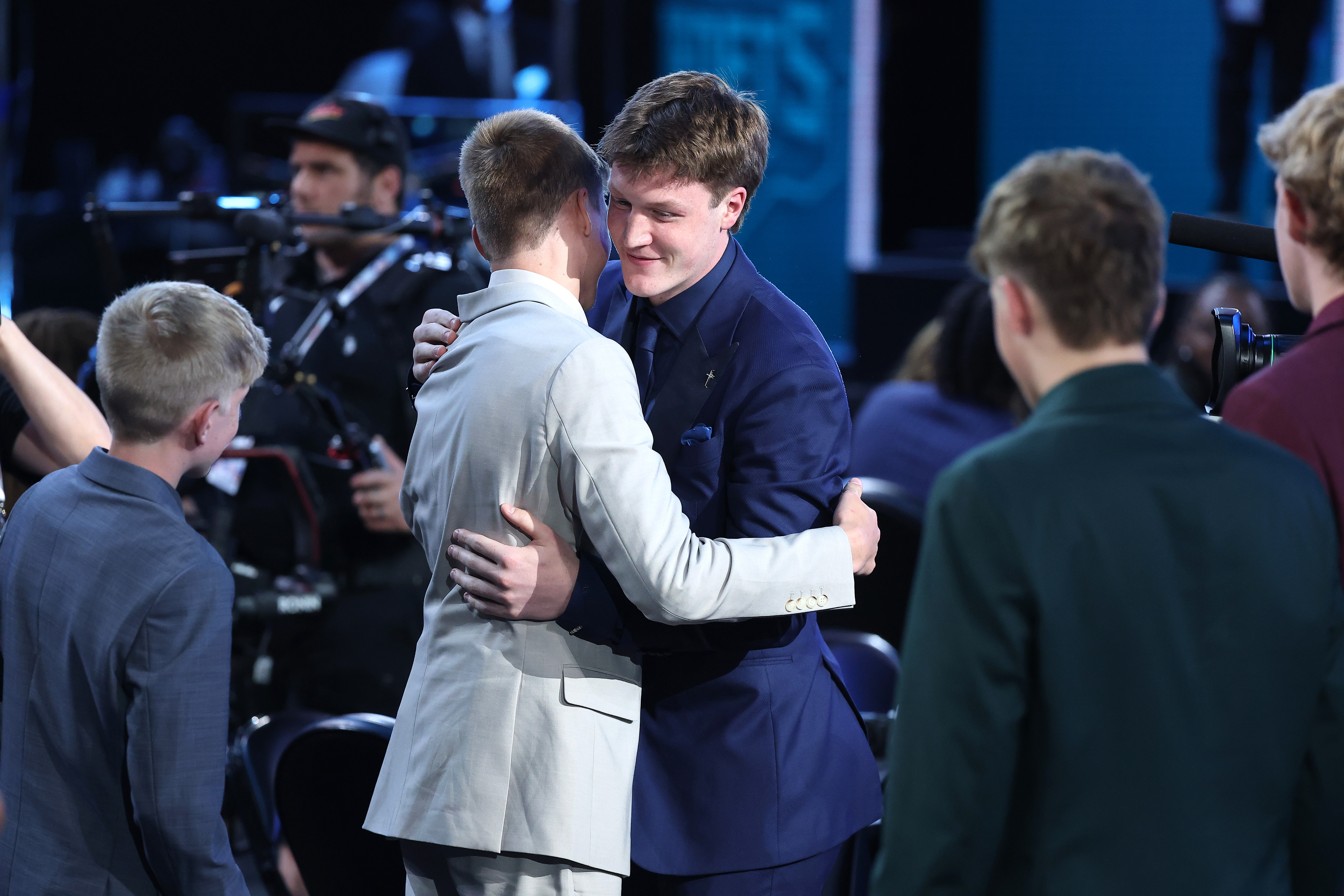
Collin Murray-Boyles, No. 9, Toronto
Murray-Boyles put up some gaudy numbers on a mediocre South Carolina team. He is savvy and skilled, but at the end of the day he’s an undersized power forward who made nine three-pointers during his two college seasons. If this were 20 years ago, he’d be a no-brainer, but in today’s pace-and-space NBA, I have a hard time seeing him as a top-10 pick.
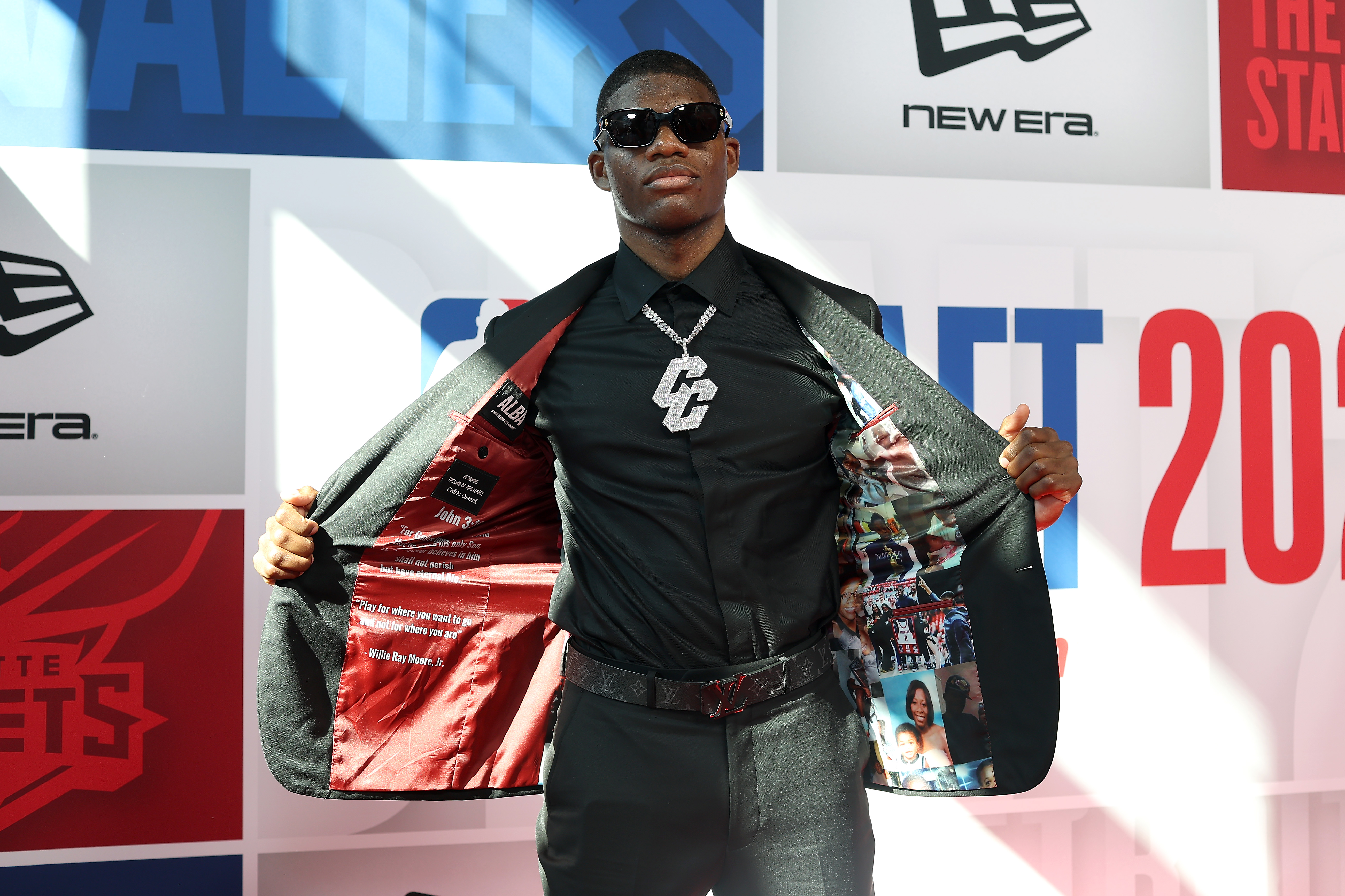
Cedric Coward, No. 11, Portland
This is the ultimate risk-reward player in this draft. Coward’s story is certainly inspiring – from Division III to Eastern Washington to Washington State to the lottery – but what exactly do the Blazers have to go on to justify such a high pick? The answer is his testing at the combine and his shooting performance in a drill where there was no defense. Coward certainly looks part of an NBA player, but six games at Washington State is not exactly a large body of work.
Derik Queen, No. 13, Atlanta
As the first round was progressing, the consensus on Twitter seemed to be that Queen stayed on the board too long. I’m not so sure. Once again, here’s a talented player with an old-school game who now has to adapt his game to a new-age NBA. Queen has the size to be an NBA center and his skills and footwork are elite. But he is not a vertical athlete and he shot 7 for 35 from three-point range. Queen put up great numbers against the Big Ten, but he is about to go up against a much higher level of big, physical athlete. If he doesn’t expand his game, he won’t last long.
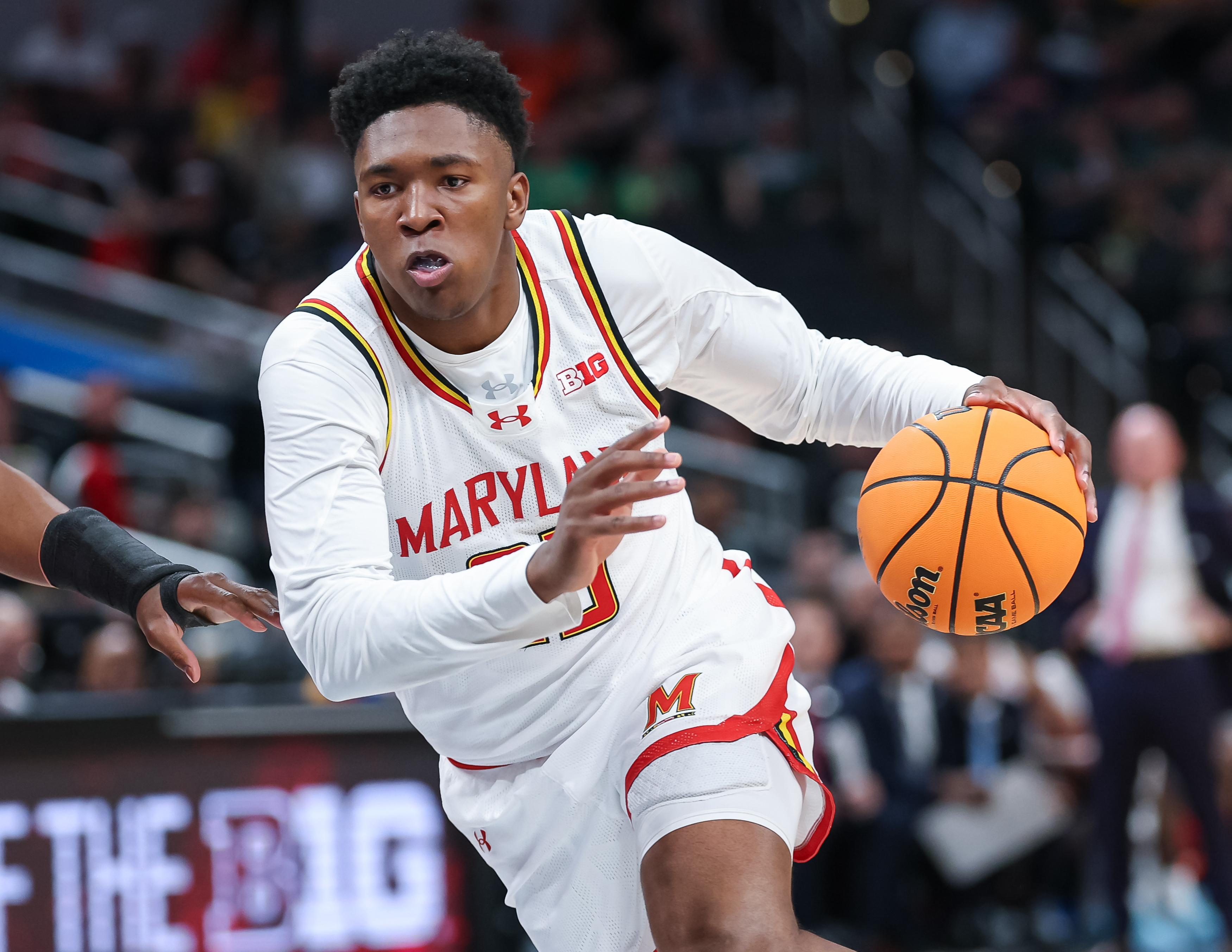
Thomas Sorber, No. 15, Thunder
My reservations about Sorber are the same as the ones I have about Queen. He’s an under-the-rim power forward who will need to develop elements to his game that he does not currently possess. The one intriguing part of Sorber’s skill set is his passing (as evidenced by his 2.4 assists per game), but much like Queen, he will need to add some more tools to his toolbox to become an effective NBA power forward.
Drake Powell, No. 22, Atlanta
Powell tested and performed well at the draft combine, but beyond that he did not give scouts and executives much evidence that he is ready to be an NBA player. Might he evolve into one? That’s the bet the Pelicans have made. I think it’s a bit of a stretch given that Powell only averaged 7.4 points and 3.4 rebounds in 25.6 minutes per game at North Carolina. Powell took a huge gamble entering the draft, and based on where he was drafted, that gamble paid off. The question now is whether he can stick in the league.
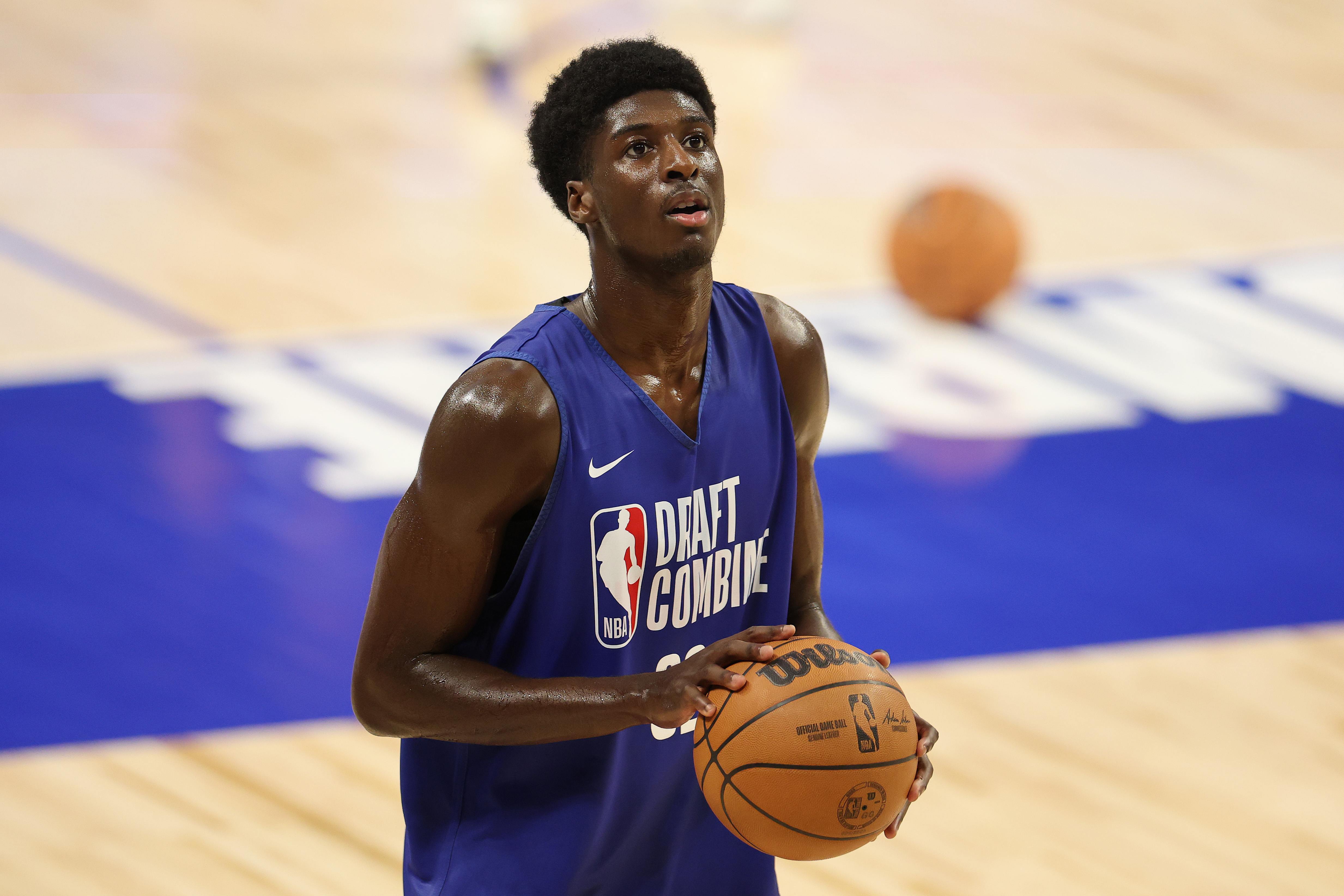
Drafted Too Low
Tre Johnson, No, 6, Washington
I thought Johnson was the third-best player in this draft. He has the size, the touch, the guile and the poise to be an elite scorer in the NBA. He played on a Texas team that was full of older players, yet from the first game where he had 29 points against Ohio State, Johnson showed his scoring potential. He’ll need to develop some playmaking skills, but his ability to make catch-and-shoot threes as well as create his own shots off the dribble should allow him to make an instant impact for the Wizards.
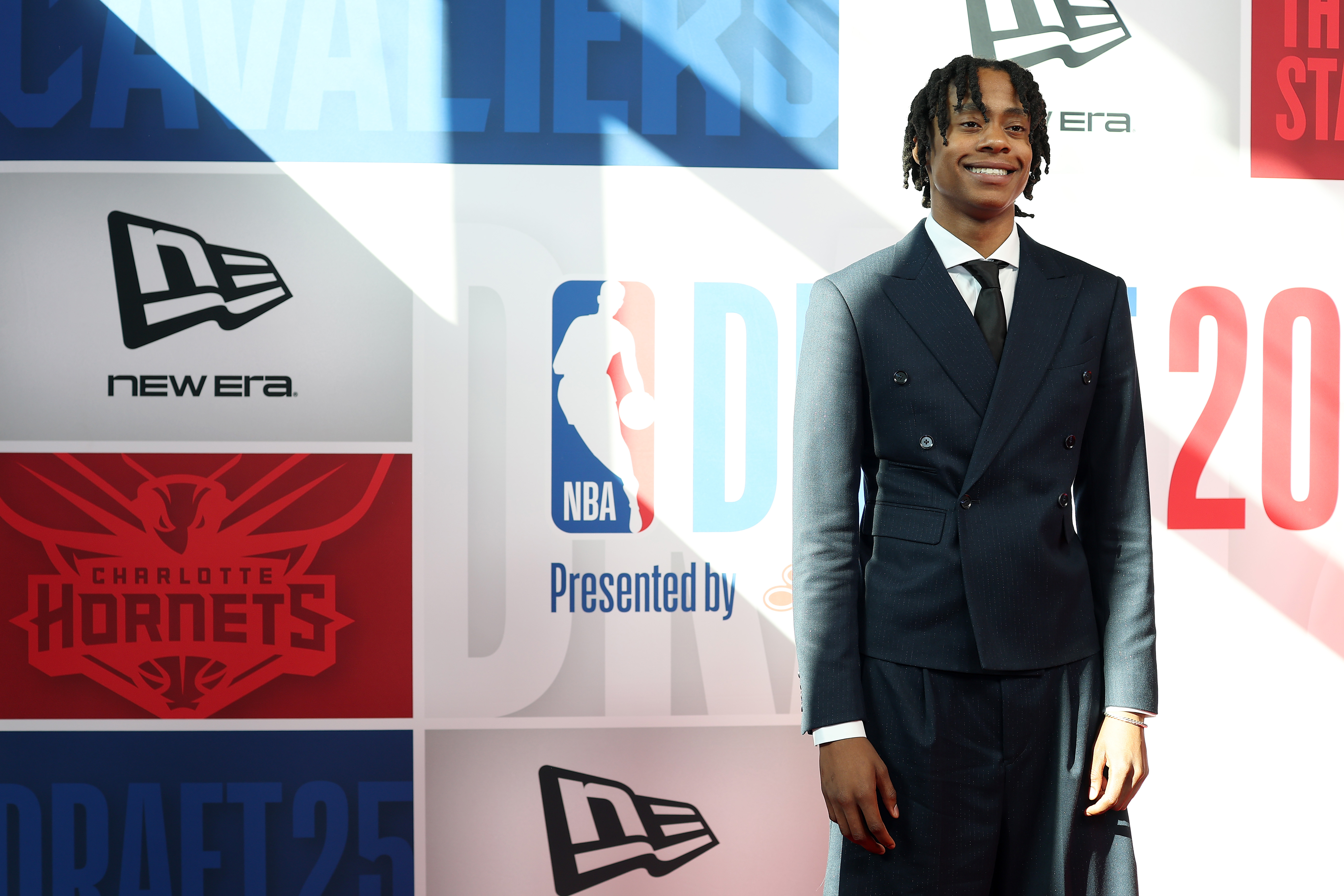
Walter Clayton, No. 18, Washington (traded to Utah)
Clayton actually went a little higher than I expected, but I still think he should have been a top-10 pick. Teams made the same mistake they made with Jalen Brunson, who was picked in the second round of the 2018 draft. If anything, Clayton has more size and strength than Brunson had coming out of Villanova, but the one thing they have in common is they are both stone cold winners. It may take a minute for Clayton to figure things out in the NBA, but I believe he is destined for greatness in this league.
Asa Newell, No. 23, New Orleans
Newell was asked to do a lot of everything at Georgia, and he carried the Bulldogs to the NCAA Tournament. He was swarmed by defenders but still averaged 15.4 points and 6.9 rebounds. He only shot 29.2 percent from three, but that’s pretty good for a 6-foot-11 freshman. He made 26 threes and shot 74.8 percent from the foul line, which shows that he has the potential to develop into a dependable three-point shooter. Newell can do a lot of the things around the basket that Queen and Sorber can’t do, but his face-up game is superior to both.
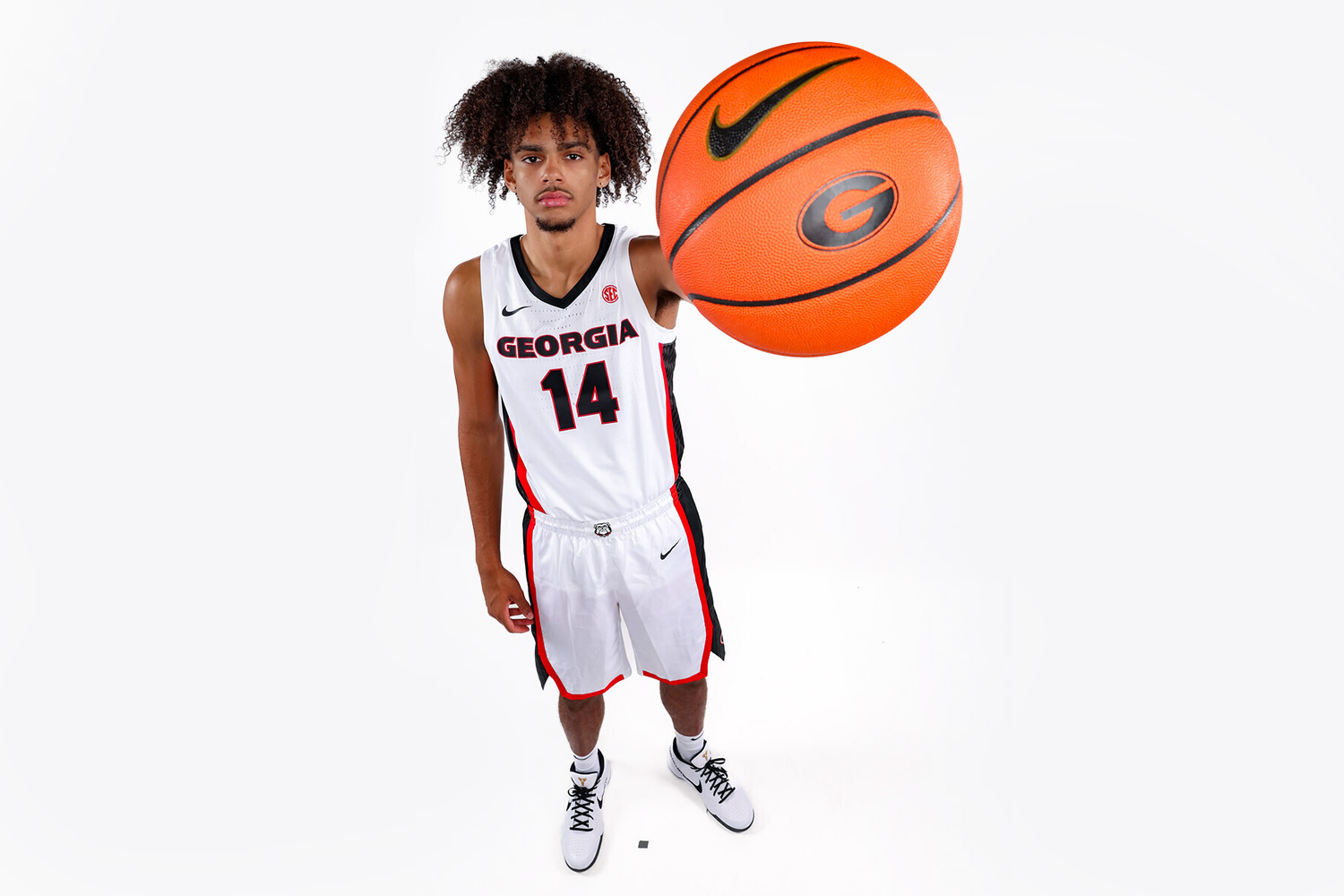
Liam McNeeley, No. 29, Phoenix
Before McNeeley sustained a high ankle sprain in early January, he was headed to an All-America caliber season, as demonstrated by his 26-point outburst during a win over Gonzaga in Madison Square Garden. McNeeley came back eight games later and was unable to recapture that form, partly because he wasn’t totally healthy, and partly because he played on a faltering team that did not have a strong point guard. But if McNeeley is healthy and surrounded by high-caliber players, his ability to score and drive in space will make him an effective NBA player, and a real steal at the end of the first round.

Maxime Reynaud, Undrafted
I actually thought the 7-foot-1 senior forward from Stanford could be the surprise of the night and end up going in the middle of the first round, maybe even the end of the lottery. I certainly didn’t expect him not to get picked. Raynaud has the size and skills to be an effective NBA big man. He led the ACC in scoring (20.2 points per game) and rebounding (10.6) and shot 34.7 percent from three-point range. What was especially impressive was the way Raynaud accrued those stats despite facing intense attention from opposing defense. He showed at the NBA draft combine in Chicago how good he can be when he is playing alongside better teammates. Put him in an NBA game with all that space to work with, and he will really shine.
